The process is simple enough, and its easy to see why it was originally used for copying documents. You mix equal parts of two chemical solutions (Potassium Ferricyanide and Ferric Ammonium Citrate) then apply it to a sheet of paper. Lay a transparent positive on top of the paper and expose it to UV light.
Authentic Blueprints
You know, the kind that are actually blue.
 Tyler Anderson
Tyler Anderson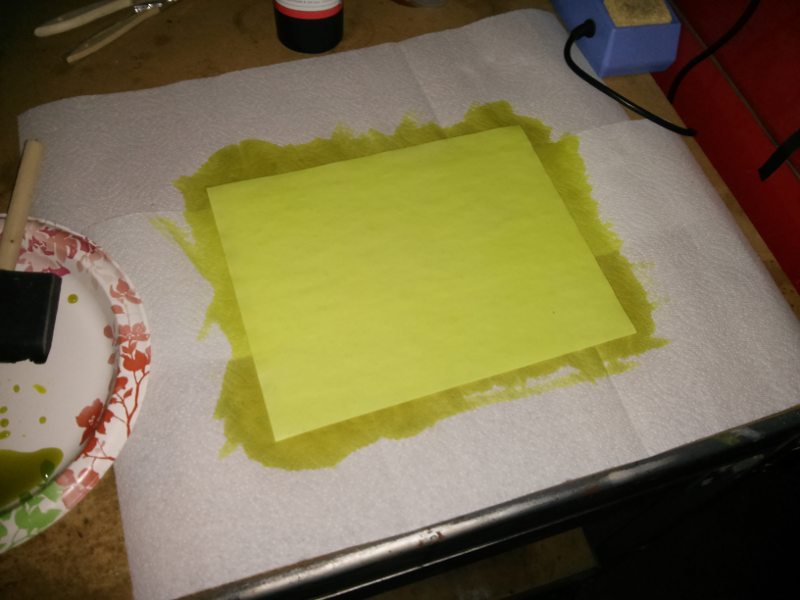
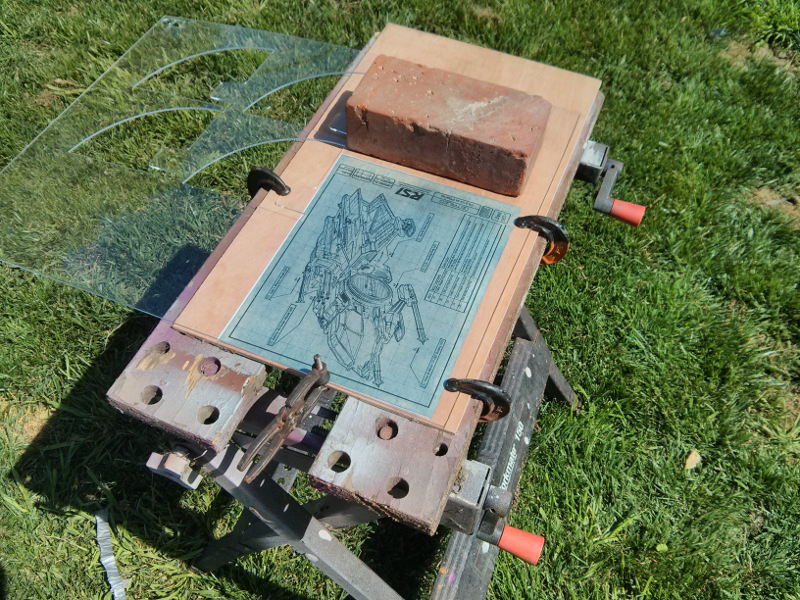


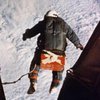
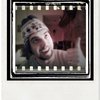


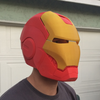
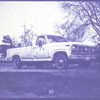
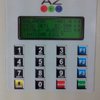




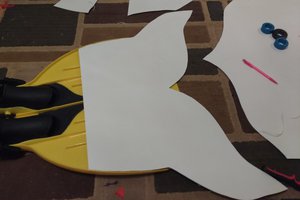
 Quinn
Quinn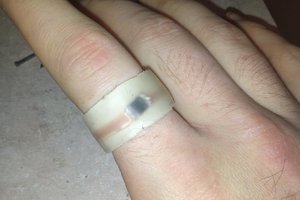
 Brandon
Brandon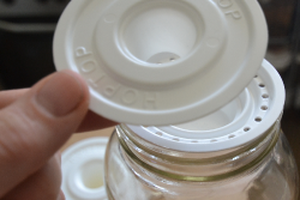
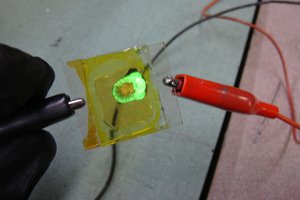
 Ian Hanschen
Ian Hanschen
Hi, I have just recently came across a highly experienced manufacturer for Diazo Ammonia paper (a.k.a. Blueprint paper) named Reprotech Co. Ltd. I was surprised with the product price and quality as I was getting remarkably higher price from other sources. Check them out at www.reprotech.co.th
Regards,
Steven